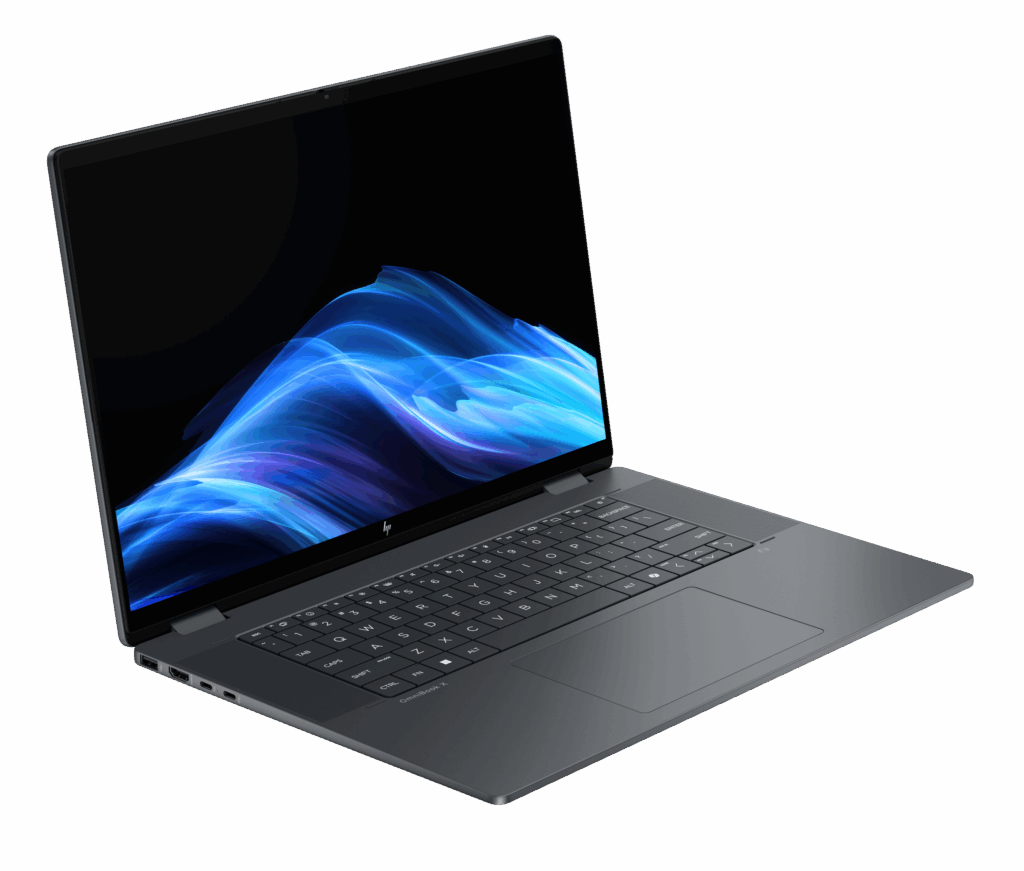I’m convinced that when we eventually replace the smartphone it will be with something that is voice-activated and mounts on your head. Kind of like a future version of this RealWear HMT-1 virtual tablet I’m sporting in the above picture. Currently, this class of product is mostly used for those that need to reference material while working. But, eventually I can see this kind of solution replacing things like instrument displays on heavy equipment, and they are already being targeted as part of a solution to talk to ever smarter field equipment—like oil pumps in oil fields—using a voice interface.
Let’s talk about this wearable, voice-operated tablet and what it means for the future.
RealWear Wearable Tablet
This headset is rather fascinating. Basically, it is an Android tablet that uses voice commands rather than touch and sits on your head using a small high-resolution display angled below your field of view. The advantage to this solution is that it is untethered, developers used to developing for Android can develop for it, and the learning curve is very short (you can see most of the commands you need to use in the display).
Unlike the AR (augmented reality) solutions that are currently circulating, this implementation doesn’t block vision so it should be far safer—particularly in low light or where vision is already compromised. It is designed to attach to a standard configuration hard hat or industrial helmet—resulting in added product stability and increased ease in gearing up, and it is water resistant—allowing it to function in areas where there is moisture or rain, though it isn’t rated for submersion.
It has a built-in camera and light source so that remote viewers can see what the user sees and the user can see better in the dark, and it has active noise cancellation microphones so it can hear commands in noisy environments. The unit is expected to sell for around $1,000 and the target markets are industrial and petrochemical—though I expect it will have far broader utility eventually.
But, I think, this is just the beginning—the tip off the iceberg if you will—and it will lead to something amazing.
Moving to A Natural Language Interface And Wearable
We spend a lot of time talking about the future of AI (artificial intelligence) computers and natural language interfaces but we don’t talk a lot about what the future client will look like. Granted a lot of the speculation is maybe we won’t need one and some kind of rolling Amazon Echo-like robotic system that looks like R2D2 but acts like C3PO would be the result (by the way, it strikes me, why can’t both of those robots talk?). It actually makes more sense that the primary interface would be some kind of a headset that would interface at least with our voice and eyes.
Through this we give direction, ask questions, and receive both verbal and visual responses. In fact, as we move to ever smarter machines we’ll likely interface with those machines with a device like that. They are already apparently designing oil pumps and other equipment so you can actually interface with it using natural language (I’m convinced you may end up with a more meaningful conversation than you will with some teenagers and engineers).
The devices will certainly become more fashionable and less obtrusive, but what replaces the smartphone could well end up on your head, and—rather than having a connection to a limited assistant like Siri—be connected to a future version of IBM’s Watson.
Wrapping Up
While a device like RealWear’s HMT-1 head-mounted tablet only has utility today for a variety of industrial uses, I think it lays the foundation for what could come later in terms of a universal smartphone replacement connected to an AI-driven rear end. It is interesting to note that while Apple really created the foundation for the personal computer, it was IBM that largely made it big, and that while IBM was the first with the smartphone it was Apple that reversed the game on IBM. Given the next generation of personal computing is just now starting to be fleshed out and undoubtedly will be tied a bit to both firms’ efforts, I wonder which of them will see the opportunity for a device like RealWear’s HMT-1 first? The smart money would be neither because lightning rarely strikes twice in the same spot.
- The Unlikely Savior of the AI PC Ecosystem: Why the Lenovo IdeaCentre Mini x (Snapdragon) Matters - November 26, 2025
- The Trillion-Dollar Distraction: Why AMD’s IBM-Trained CEO and Quiet Execution Make It a More Valuable Long-Term Bet Than Overvalued NVIDIA - November 17, 2025
- The Missing Link: Why the Wacom MovinkPad Pro 14 Is the Perfect Human Tool for the AI Art Revolution - November 7, 2025




Comments are closed.